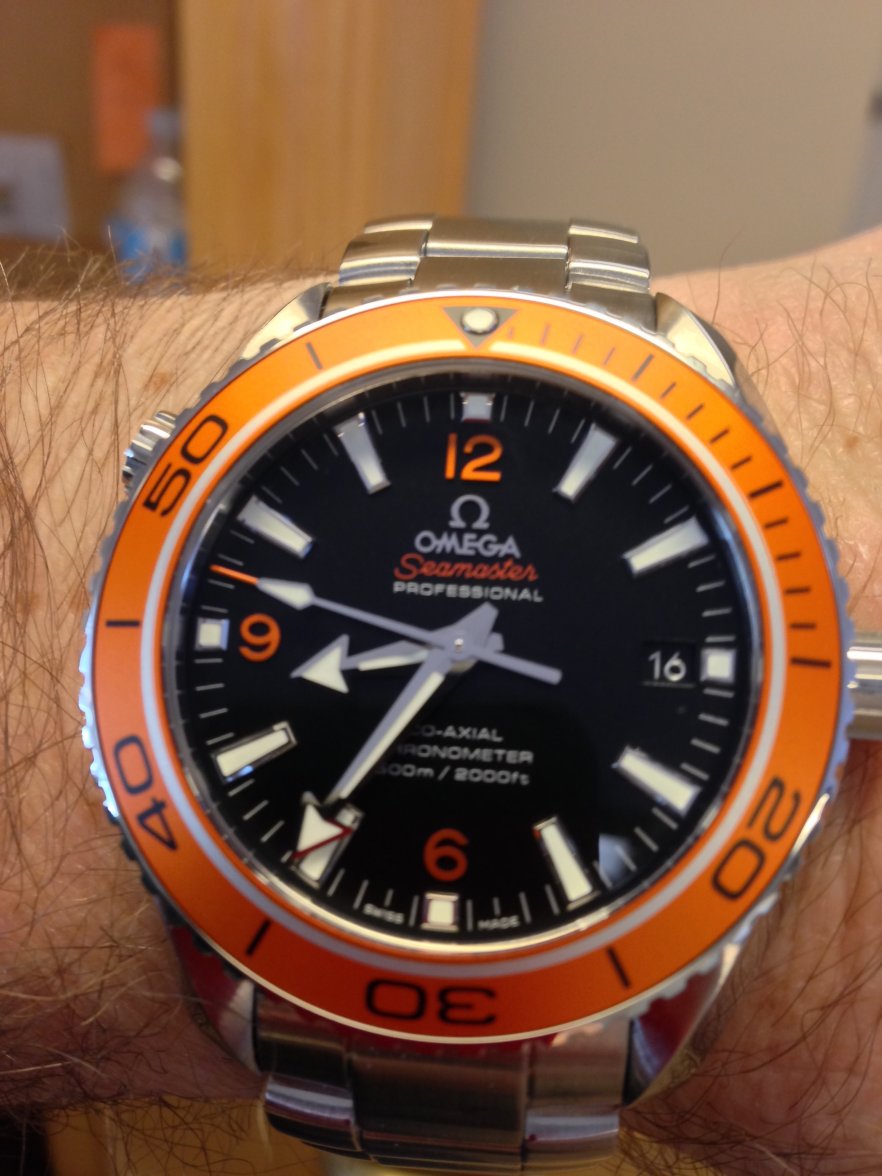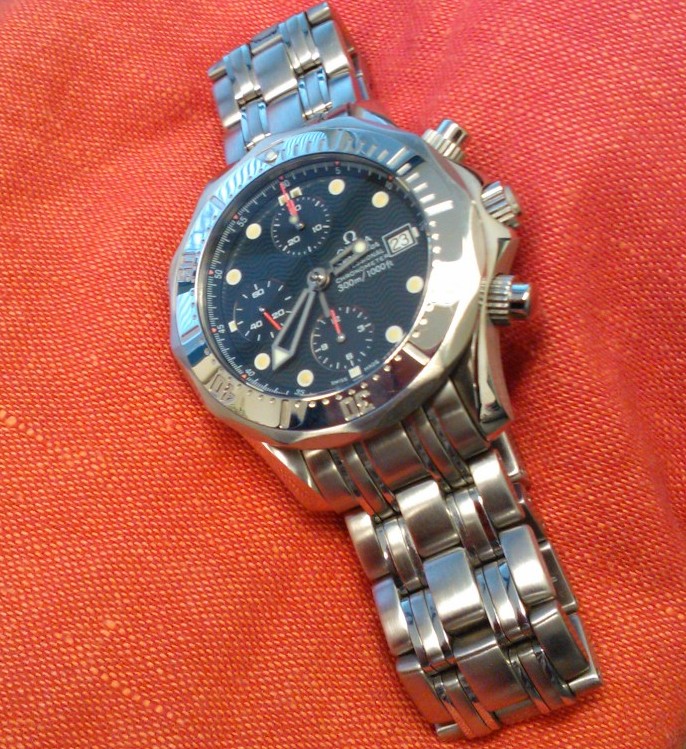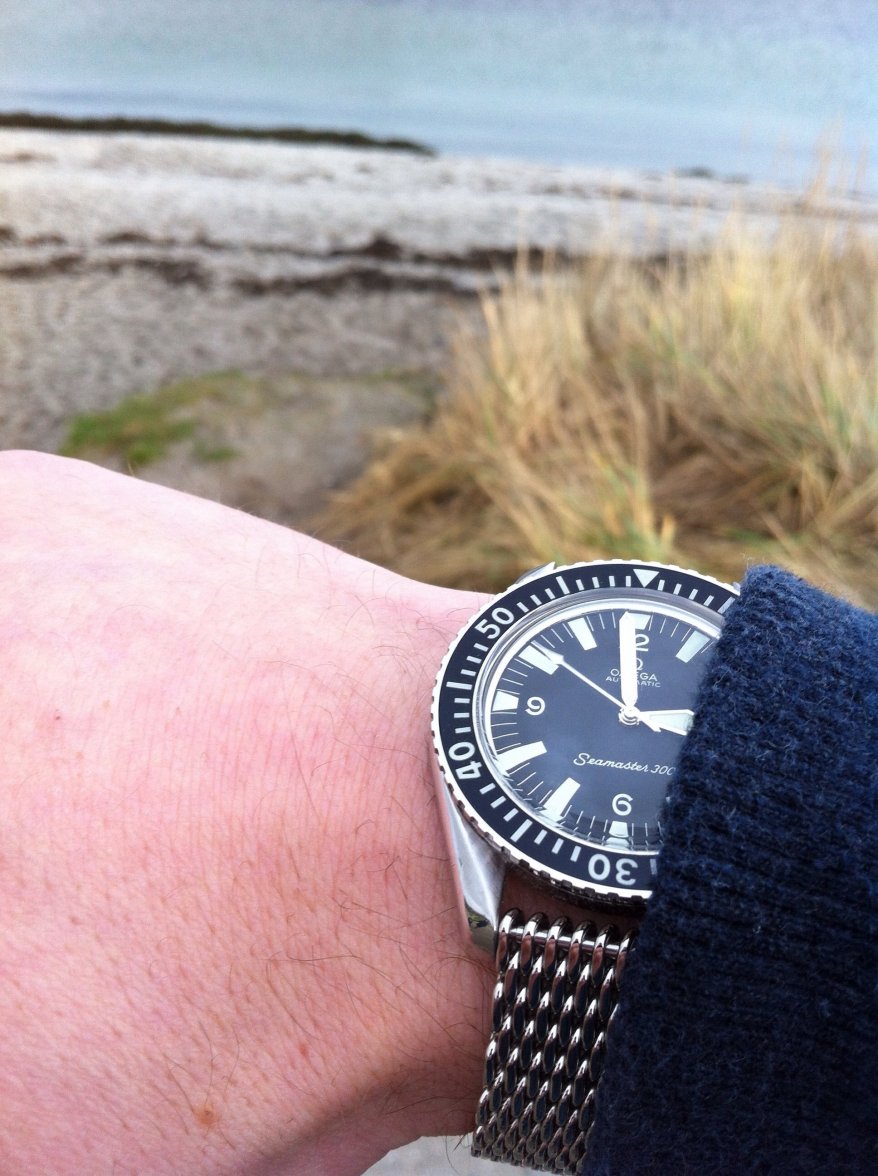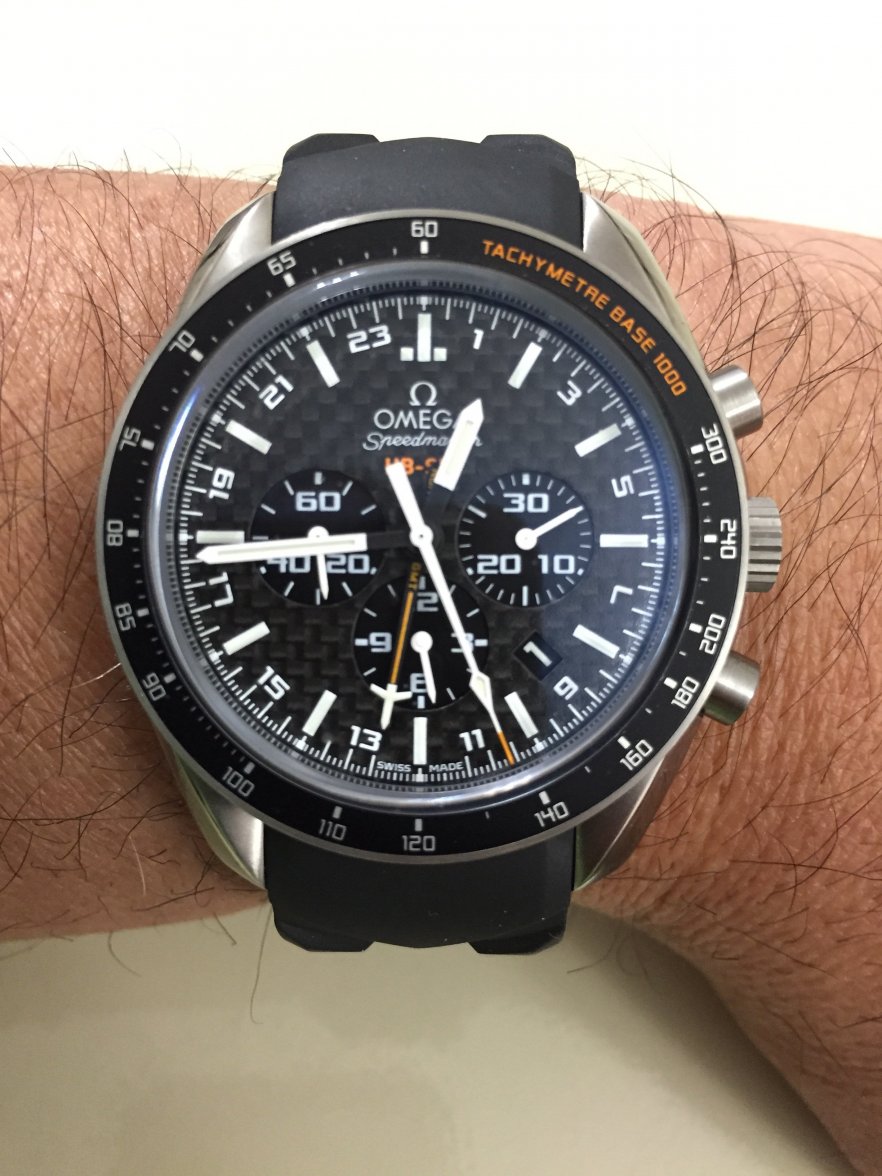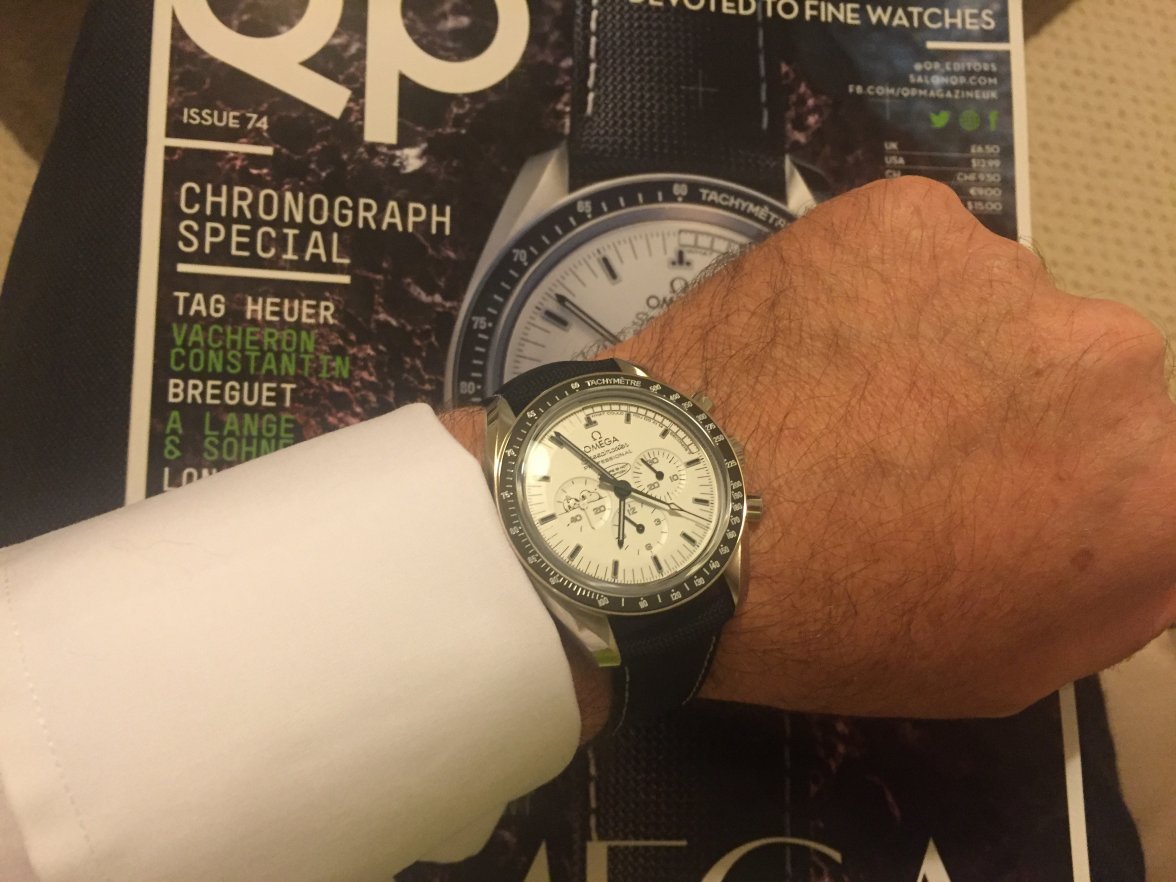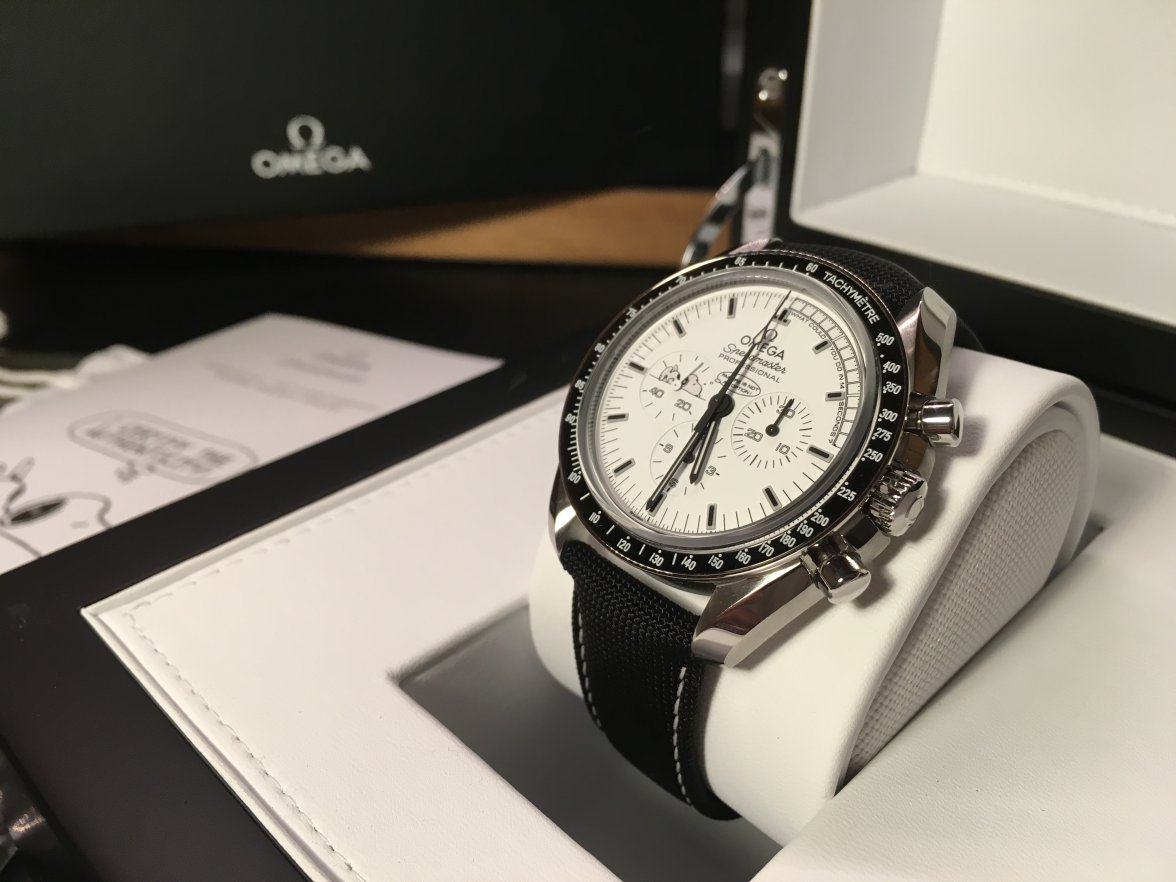Archer
··Omega Qualified WatchmakerOn the VIP Watchmaker Course trip, one of the regional boutique trainers, Warren Carpenter, explained to me how they make the aventurine dial when I told him I own that watch. That was the first I had heard the explanation. Someone else told me about it again later, maybe Dan or perhaps my local Boutique manager. I don't know of any official documentation or videos about this (there's been a general dearth of info about this piece since it was released).
Interesting. The reason I ask is that a notice was released on the Omega Extranet recently (beginning of this month) that stated dials and hands for the Speedmasters with these dials would no longer be made available for purchase. The two models mentioned are the 311.30.44.32.01.001 and 311.33.44.32.01.001. Omega now wants all of these watches to be returned to them for servicing.
I was puzzled why Omega would now insist that all these watches go back to them for service, because clearly the movement is simple (for a watchmaker anyway) and the 1866 is used in other watches and those have no such restrictions.
However if the dial is made of sapphire, it could be easily damaged by someone who did not take the proper care when removing the hands. Removing hands can involve some force being applied to the dial, and in some cases fragile materials are problematic - for example great care has to be used when removing hands from a watch with an MOP dial or it can easily be cracked.
That notice makes a bit of sense now that you have said the dial is not actually aventurine, because I would expect that to be less fragile than sapphire. BTW part of me is a little disappointed that Omega calls this dial material something that it really isn't...
Anyway, thanks.
Cheers, Al
.
